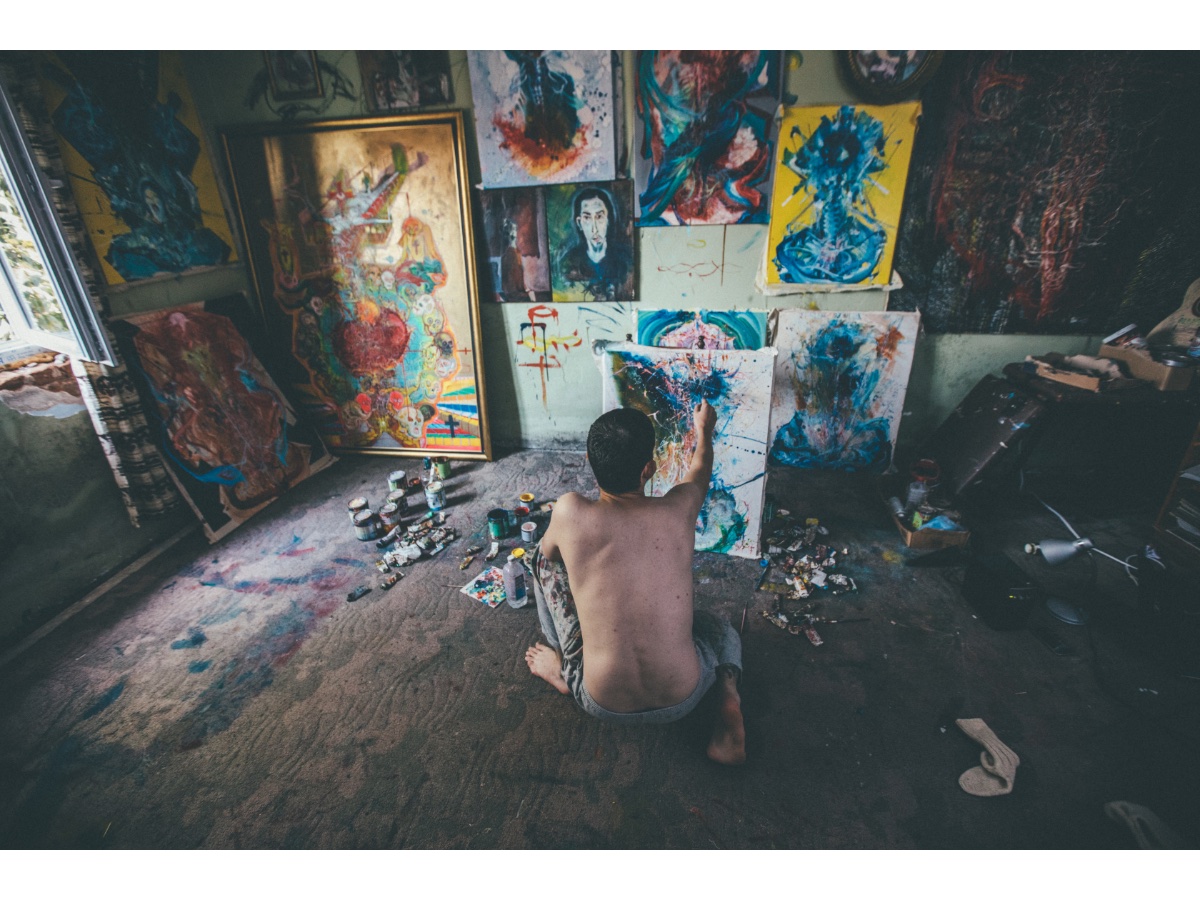Artists express their creativity and imagination through a variety of art forms to communicate ideas or unique perspectives. Their primary motivation for creation is intrinsic, and when they are not creating, they often feel disconnected from themselves. To create, artists crave alone time as is a crucial catalyst for their creative process and personal well-being.
Why artists need alone time
Artists often require alone time as it is a crucial catalyst for their creative process and personal well-being. Here are several reasons why alone time is vital for artists.
Creative Reflection
Alone time provides the mental space necessary for creative reflection. It allows artists to delve into their thoughts, explore ideas, and gain a deeper understanding of their artistic vision without external distractions.
Freedom for Expression
Solitude creates an environment where artists can express themselves without judgment or external influences. It allows them to tap into their innermost thoughts and emotions, fostering a more authentic and uninhibited creative output.
Focus and Concentration
The creative process demands a high concentration level. Alone time enables artists to concentrate without interruptions, helping them enter a flow state where ideas can flourish and artistic projects can progress seamlessly.
Experimentation and Exploration
The freedom to experiment and explore new artistic techniques or concepts is often best done in solitude. Artists can take risks, make mistakes, and discover innovative approaches to their craft without external pressures.
Personal Growth
Alone time contributes to personal growth and self-discovery. Artists often use solitude to understand themselves better, influencing the themes and messages conveyed through their art. This self-awareness can enhance the depth and authenticity of their work.
Reducing External Influences
Being alone allows artists to limit external influences that might dilute their creative vision. It provides a sanctuary where they can focus solely on their inner thoughts and emotions, helping them create more genuine and unique art.
Strategies for Artists to Get Alone Time Without Guilt
Despite the importance of alone time, artists may struggle to prioritize it due to external expectations and societal pressures. Here are some strategies for artists to carve out time for themselves without feeling guilty.
Schedule “Me Time”
Set aside specific blocks dedicated to your artistic pursuits. Treat these appointments with the same respect as a meeting or social engagement.
Prioritize Your Passions
Recognize that your time is valuable, and activities that bring you joy are just as important as any other commitment. Politely decline invitations when necessary, asserting your priorities without guilt.
Honest Communication
Openly communicate with friends and loved ones about your need for personal time. Be honest about the importance of your creative endeavours, and reassure them that occasional declines are not a reflection of diminished affection but a commitment to personal growth.
Establish Clear Boundaries
Set clear boundaries for your time and stick to them. Politely decline invitations that clash with your scheduled self-care, and uphold these boundaries consistently.
Learn the Art of Saying No
Master saying no without over-explaining or feeling the need to justify your decision. Remember, it’s okay to prioritize yourself and your creative pursuits.
By implementing these strategies, artists can navigate the challenge of balancing external expectations with the need for alone time, fostering a healthier and more fulfilling creative process.

